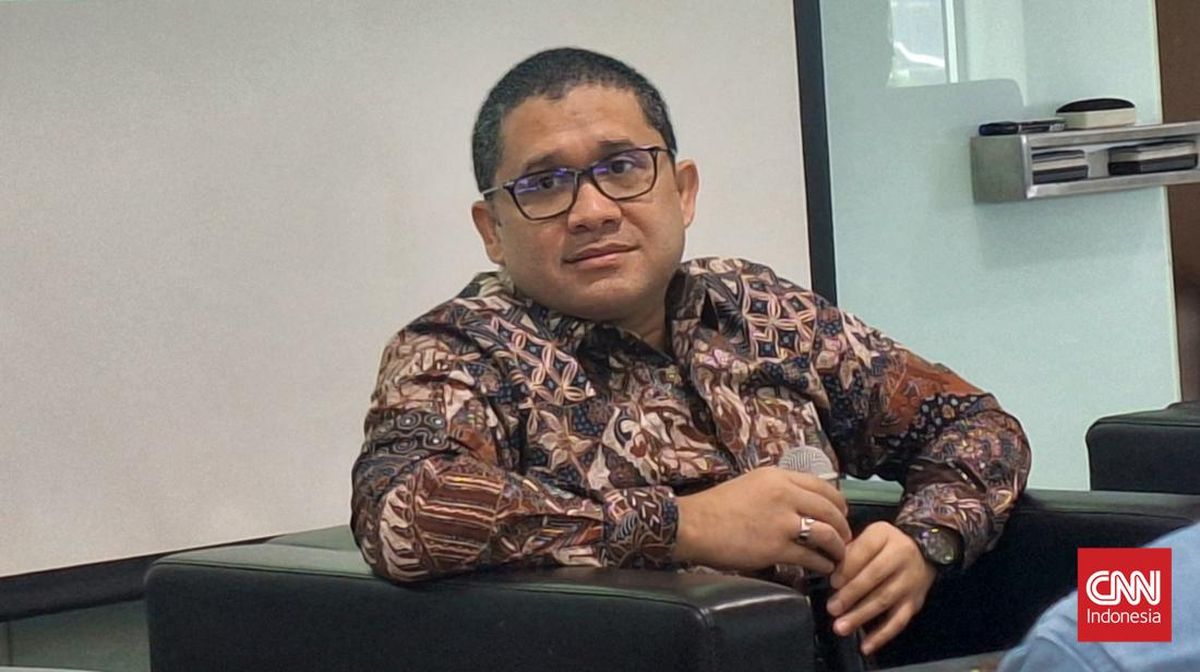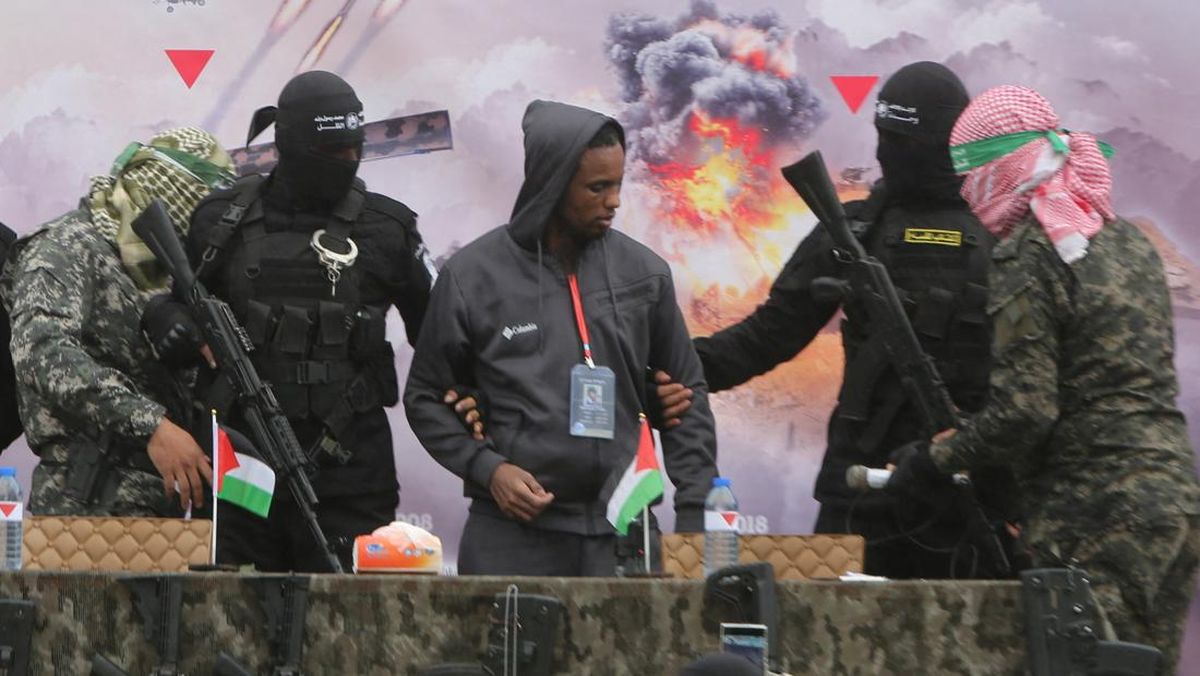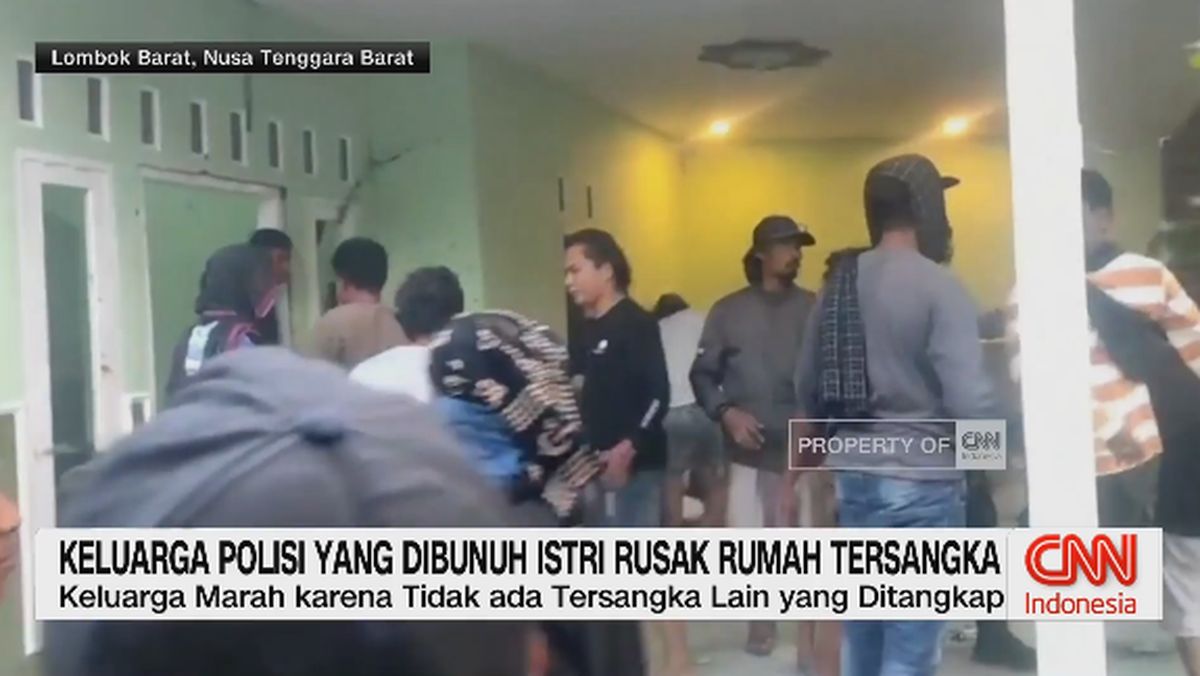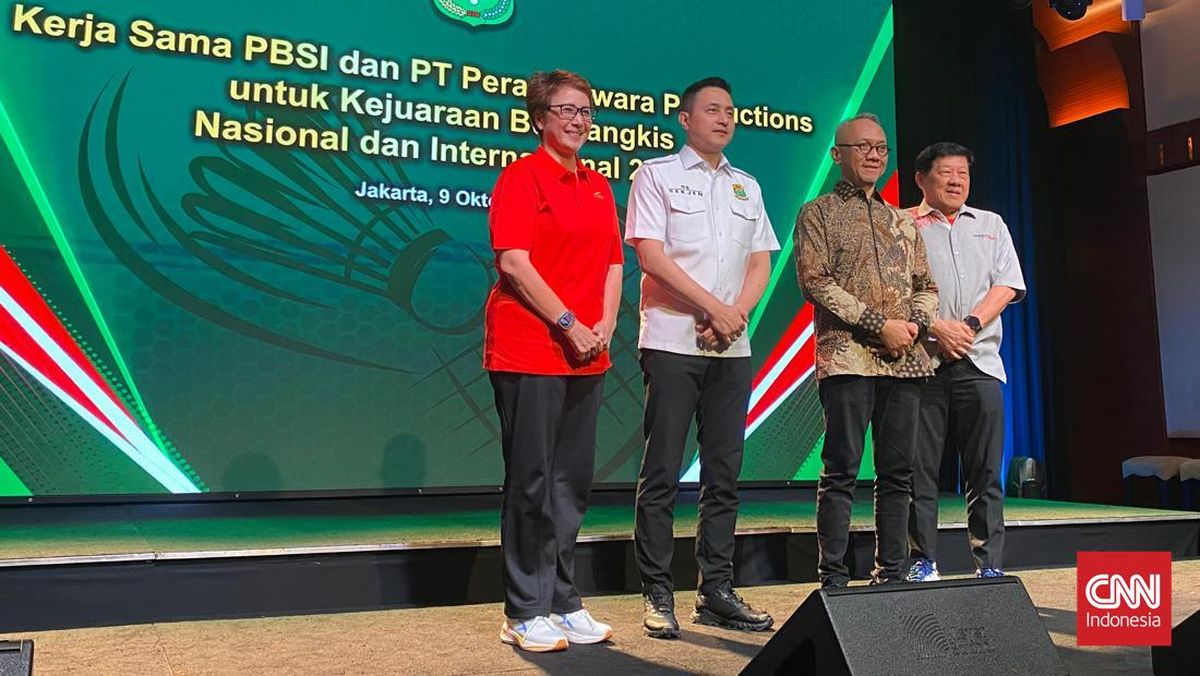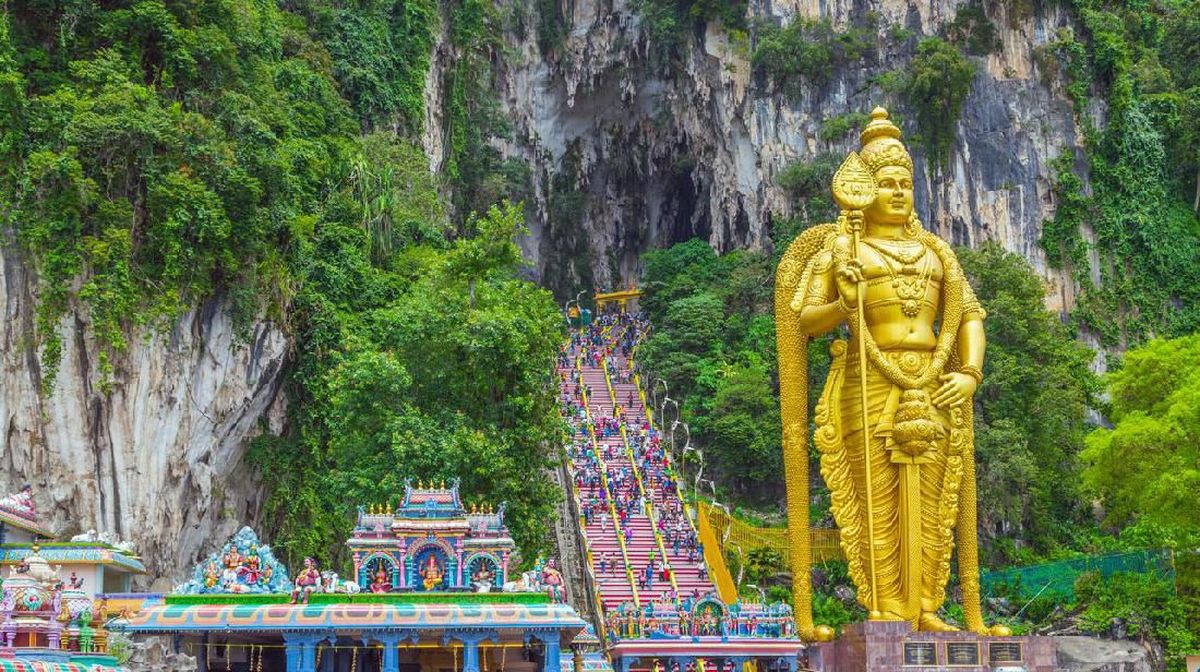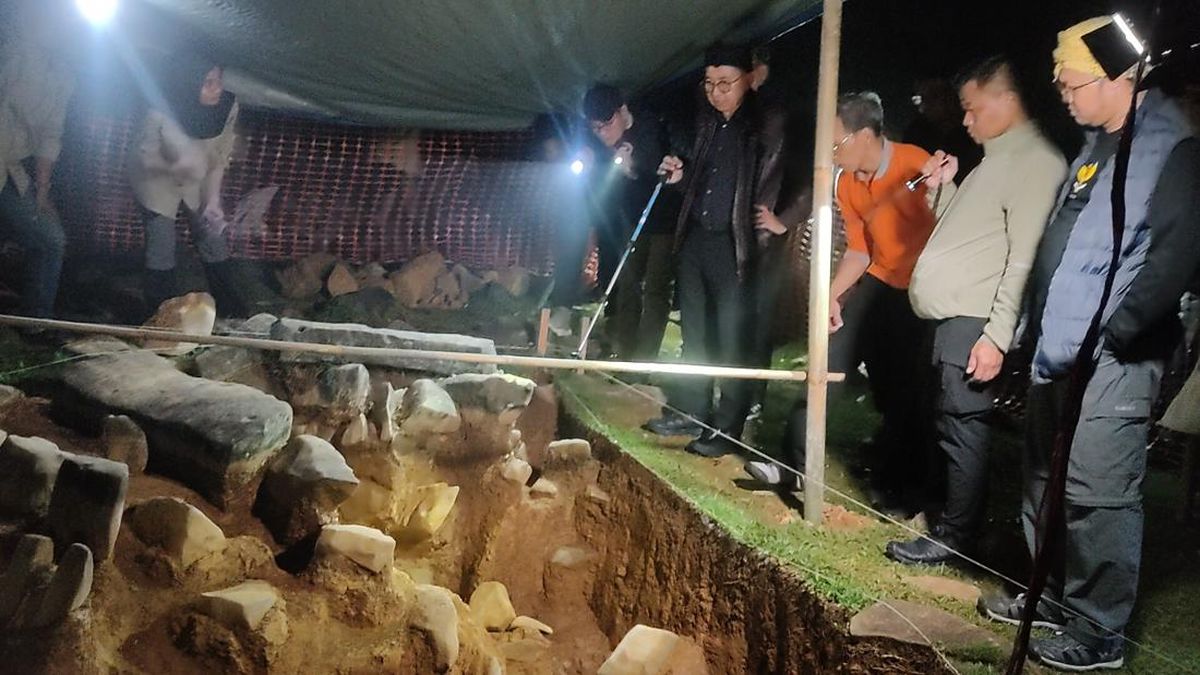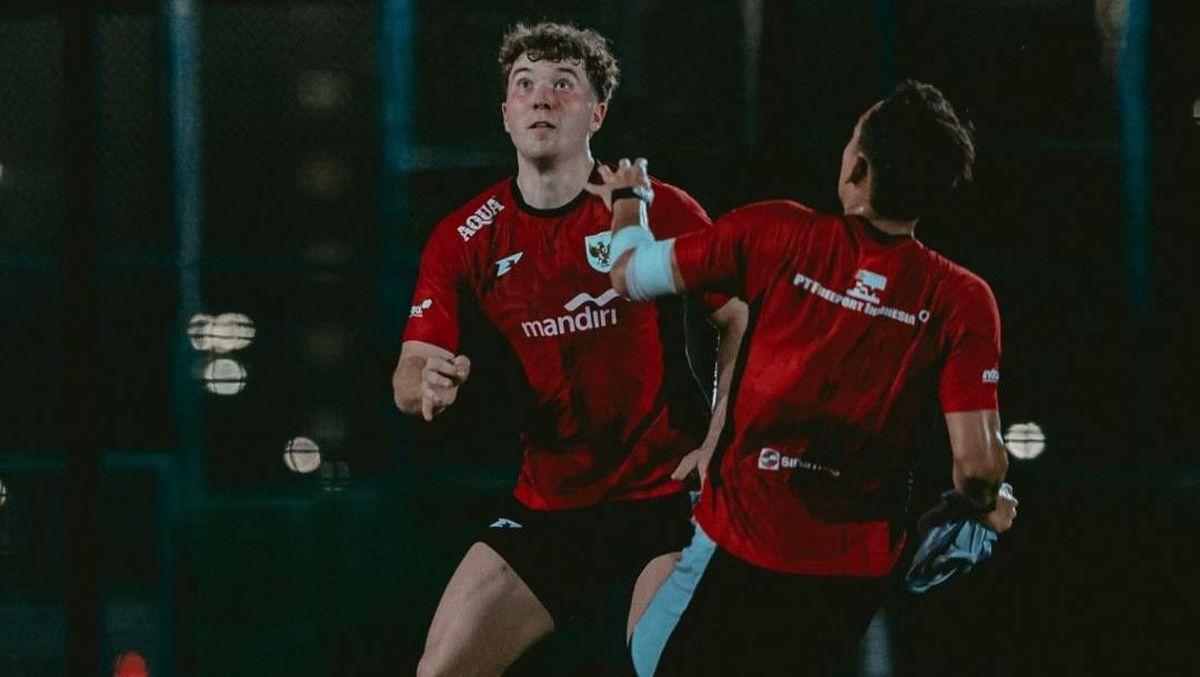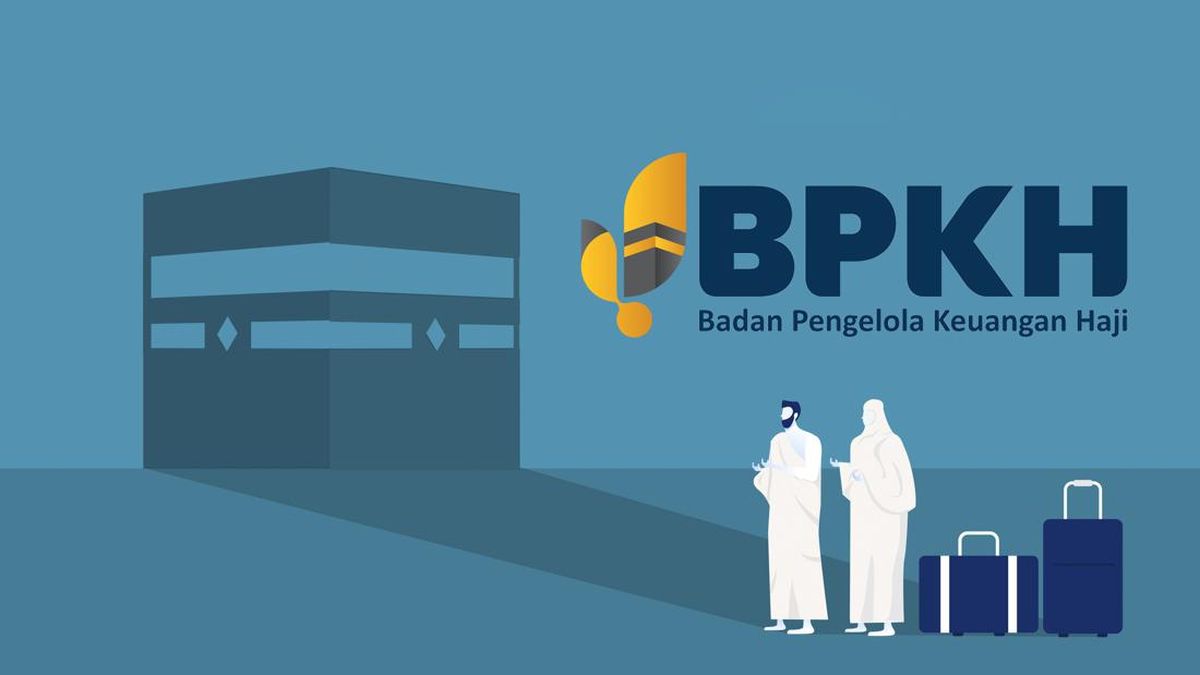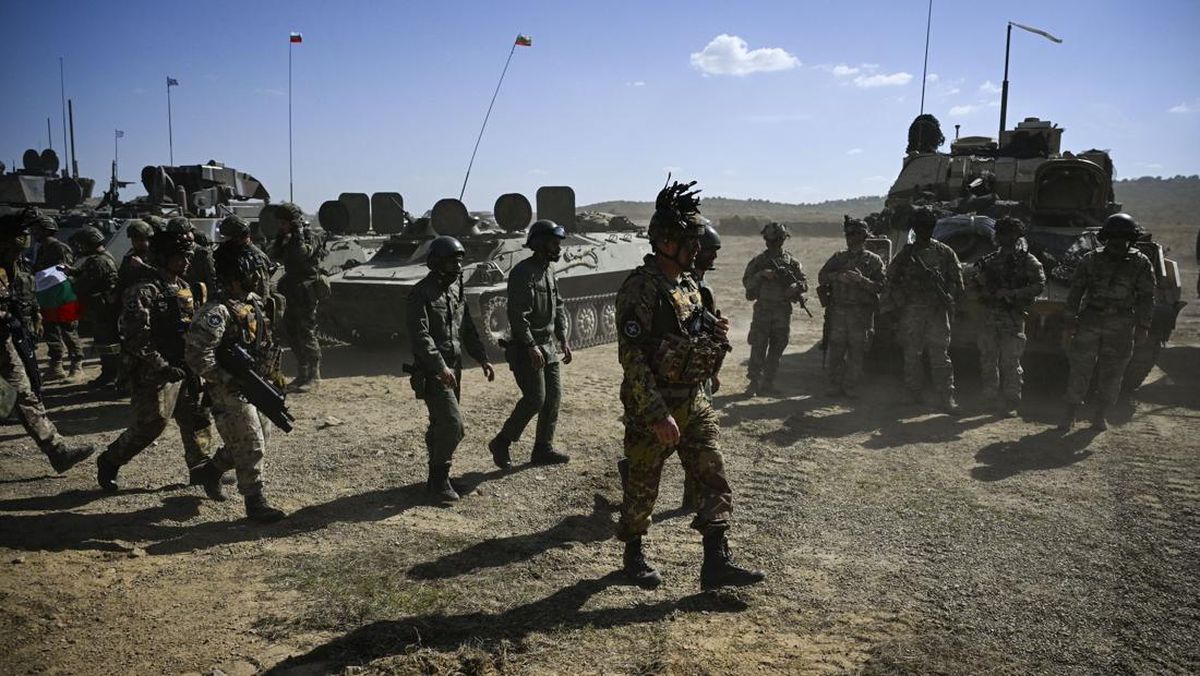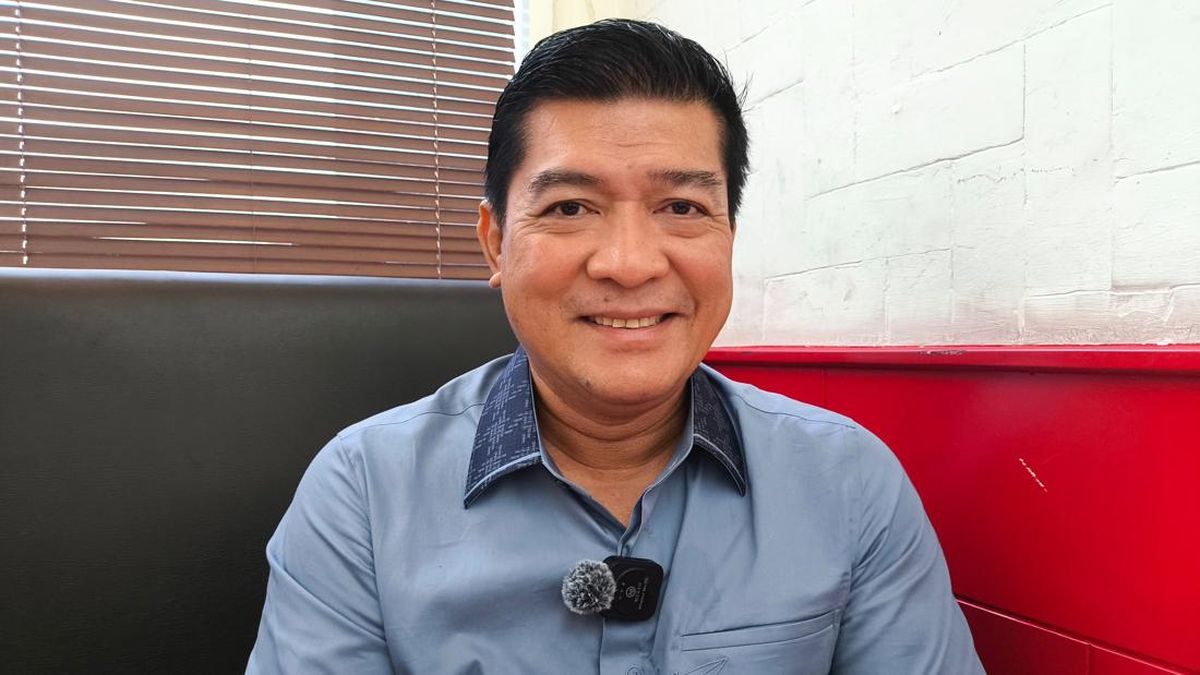The organisation has about 1200 full-time equivalent staff, including 920 operational staff, a July briefing note said, while last year’s annual report showed there were 379 non-operational and support staff. The cuts have come from the latter group.
Internal documents show that among the roles cut are 25 jobs “discontinued” in the organisation’s Emergency Communication Information Services, which Triple Zero Victoria says helps in “supporting tens of thousands of emergency field responders”.
Also among the redundancies was the manager of demand and real time, responsible for demand modelling and capacity planning. A review that followed the pandemic call-taking collapse found that the service had successfully forecast the record surge in calls but had not been properly funded to respond to demand it had modelled.
“In my 31 years of being a union official, I’ve never come across an organisation that is in so much turmoil, and I’ve seen a lot,” said John Ellery, assistant secretary of the Communications Workers Union.
“Triple Zero are responding to cuts in funding from the Victorian government. And the response that is there is really all about slashing underlying costs – that just means jobs.”
The job cuts come as data obtained by this masthead through freedom-of-information laws shows almost 700 callers (689) waited more than a minute for their emergency ambulance calls to be answered in May.

The number of Triple Zero callers waiting more than a minute to be connected to an ambulance call-taker has been rising.Credit: Paul Rovere
It is the highest number since August 2022, representing 0.75 per cent of emergency ambulance calls.
“They’ll say that they’re meeting their KPIs, but that’s 700 people in enormous terror at a time when they desperately need to get through to someone,” said Victorian Ambulance Union secretary Danny Hill.
“If you’ve got a child who’s choking, a minute feels like an hour … In a heart attack, time is muscle. In a stroke, time is brain tissue. And those additional minutes do make a big difference in the chances of a person’s survival or their recovery.”
Hill said he was uncertain if the service could comfortably cope with “a busy Monday”, let alone another pandemic.
Triple Zero Victoria is required to answer 90 per cent of emergency ambulance calls within five seconds each month.
It was meeting this benchmark early in the pandemic before a rapid decline in performance, when the number of calls answered within five seconds fell as low as 39 per cent. One person was forced to wait more than 76 minutes for their emergency call to be answered.
After a massive injection of funds, the number of calls answered within five seconds rebounded to almost 99 per cent in July 2023, but since then, there has been a slow decline.
Loading
Leaked internal data shows performance fell to 92 per cent and 93.8 per cent in June and July this year.
In May, more than 2700 emergency police calls took more than a minute to be answered.
In the years leading up to the COVID-19 Triple Zero crisis, the Victorian government failed to act on numerous warnings of the agency’s precarious financial position.
The crisis spurred the government to pledge $333 million to hire more than 400 new workers. It also prompted two reviews, including one from the then inspector-general for emergency management, Tony Pearce, who warned the government’s response had not delivered a sustainable funding model for the service.
“They talk about $333 million … that’s fine, but again, it only provides resources to [the Emergency Services Telecommunications Authority] for a four-year period,” Pearce said in September 2022.
“That’s not good enough, that’s a short-term fix. In four years’ time if you don’t finish the work on that model, you will be back in the same place you are now.”

Former inspector-general for emergency management Tony Pearce.Credit: Paul Jeffers
Three years later, a presentation outlining cuts to training staff linked the job losses to “budget repair” and “greater efficiencies”, and the government characterised the previous boost to the agency’s budget as “one-off surge funding”.
While the redundancies have targeted support roles, rather than call-takers, four current or former staff members said the cuts had decimated whole teams with vital roles, including workforce planning, and their loss was already being felt on the front line.
“We’ve seen days where teams are turning up and they’ve got half the team with leave approved, and we’re having to scramble to backfill,” one call-taker said.
Some who had lost their jobs were also trained to answer calls, so they could be called in as back-up during high demand.
“If we had a surge event or something unplanned that was significant, they would just come back on the floor,” another call-taker said.
Emergency Services Minister Vicki Ward did not respond directly to questions about the redundancies but said the number of frontline staff at Triple Zero Victoria had increased every year since 2021.
“Triple Zero Victoria plan every single day for surge capacity, and they have the appropriate resources in place to meet increased demand,” Ward said.
In a statement, the government said any assertion that changes to staff would limit Triple Zero Victoria’s ability to take emergency calls was incorrect.
Loading
The agency has a large annual turnover of frontline staff, who have to manage traumatic life-and-death scenarios, often daily. Internal documents show the service has lost 165 call-takers, dispatchers and team leaders in the year to July, and hired 167 new call-takers. At the start of September, as staff continued to leave after taking redundancy packages, the government announced $25 million to recruit 50 new call-takers and dispatchers.
Unions and the Victorian opposition said the fresh funding challenges facing the service were particularly galling in the light of the billions raised for emergency services from Victorians via a levy on their council rates to “support the vital work” of organisations like Triple Zero Victoria.
“Victoria is going to have one of the worst fire seasons that it’s had, so Triple Zero Victoria is going to need every staff member it has – and while there may not be a reduction in frontline call-takers, the knee bone is connected to the thigh bone, so if they lose those support staff, the joint is going to fall over,” said United Firefighters Union state secretary Peter Marshall.
Hill, from the ambulance union, said workers at Triple Zero were “not just worried about the next mass catastrophe, you’re worried about the next busy night shift, or the next time there’s a high pollen count and you get a thunderstorm asthma”.
“It can be business-as-usual busy, and that’s enough to tip the system over the edge.”
Asked why there was a growing number of emergency ambulance calls waiting more than a minute, a Triple Zero Victoria spokesperson didn’t directly answer the question.
“Triple Zero Victoria has been meeting emergency ambulance call answer benchmarks since August 2022, including in May 2025, and the community can be reassured that Triple Zero call-takers are there for them in an emergency,” the spokesperson said.
The opposition’s emergency services spokesman, Danny O’Brien, said the Allan government had “learned nothing from the disastrous triple-zero crisis of a few years ago when Victorians literally died because of the failures of the system”.
Loading
“This is the dividend of poor economic management – a government that can’t manage money and it’s Victorians paying the price through job cuts at a crucial organisation such as Triple Zero Victoria.”
Start the day with a summary of the day’s most important and interesting stories, analysis and insights. Sign up for our Morning Edition newsletter.


